|
Historically due to its climate, geography and distance from the sea Central Asia’s arid landscape has never been conducive to agriculture. As a result the nomadic inhabitants had little to trade and in return few major cities developed in the area. The Mongol invasion in the early 13th century led to utter destruction of the few settlements and a near complete massacre of the civilian population. As a result of Genghis Khan’s foray and its nomadic history most of Central Asia is lacking sites of historical interest. After the historical overload of Turkey, Georgia and Armenia this lack of sites left us wandering what there was to see in Kazakhstan, Kyrgyzstan and Tajikistan. With one exception in Kazakhstan it wasn’t until we reached southern Uzbekistan that we encountered any buildings of historical significance. The Registan in the heart of the ancient city of Samarkand was build between 1417 – 1660; traditionally a public square where people gathered to hear royal proclamations and watch public executions. The square is flanked by 3 Madrasahs which are stunning examples of Arabic architecture. Unfortunately it was closed for the week when we visited due to a music festival. Further south and located on the Silk Road is the UNESCO World Heritage Site of Bukhara with over 140 buildings of historical importance. In 1920 during the Russian Civil War many of the buildings, including the Ark, were destroyed or damaged, many have been restored. The Kalân Minaret, also known as ‘The Tower of Death’ due to criminals being executed by being thrown to their death from the top is probably one of the most impressive. With 10 metre foundations, including stacked reeds as primitive earthquake proofing, the tower reaches skyward for an impressive 45½ metres, an impressive feat of engineering for 1127. Genghis Khan was so thunderstruck by it’s enormity that he spared it from destruction. Kalân Mosque at the base of the tower is able to accommodate 12 thousand people, reinforcing the importance and size of the city. During Soviet times the building was used as a warehouse, it reopened as a place of worship in 1991. The picturesque Char Minor is hidden away down a maze of backstreets. Some believe this modest sized building was the gatehouse to a larger and long-gone Madrasah. The massive Ark of Bukhara is the oldest structure in town, occupied from the 5th century right through to the Red Army invasion of 1920. About 20% remains intact and operates as a tourist attraction housing several museums. During Genghis Khan’s rampage of Central Asia the inhabitants of the city found refuge behind the impressive 20m tall exterior walls, much of which still exists today, until they smashed through the defences and ransacked the fortress.
0 Comments
Having a claustrophobic fear of road tunnels I was filled with dread at the prospect of having to drive through the notorious ‘Tunnel of Death’. Unfortunately the tunnel stood in-between us and a chain of seven serene mountain lakes in the Hisar Tizmasi range. Cutting through roughly 3-miles of mountain underneath the Anzob Pass the tunnel has become infamous amongst overlanders. The tunnel is not nicknamed lightly; its lack of ventilation claims several lives each year. Carbon Monoxide poisoning is not the only danger; the tunnel floor is often reported to be under 60cm’s of water hiding a labyrinth of potholes, internal rock falls are common, abandoned tunnel machinery is strewn across the narrow one and a half lanes and to top it off the traffic is not regulated from either end. We’d heard stories of 4-hour traffic jams and prevailing anarchy whilst you sit in the darkness, your headlights struggling to cut through the fumes of belching trucks as traffic from either direction refuses to give way. Unfortunately the only alternative is to drive over the 3,372 metre Anzob Pass which is closed for most of the year due to the weather. The pass itself is classed as one of the most treacherous in Central Asia; avalanches are frequent, there is no safety barrier and the final 12 miles are a 7-8% gradient. In 1997 an avalanche so big it took 2 weeks for rescuers to reach the 15 buried trucks and cars killed 36 people.
With great trepidation we watched the GPS closely, mentally preparing for our next challenge, as we approached the mountain. Either route was less than desirable, but thankfully we were forced to take the lesser of two evils, the tunnel was closed due to flooding. Hoorah! The pass was actually not as treacherous as we’d heard and offered some stunning views back down the valley we’d just travelled. Like the Pamir Highway the Anzob Tunnel is a right of passage for many overlanders travelling in Central Asia, for us it is one we can live without. Central Asia is fast becoming one of the ‘go to’ destinations for many overlanders, more specifically overlanders are heading east to drive the infamous Pamir Highway and it’s slightly bigger brother the Karakoram Highway in China. For us the holy grail of Central Asia was the notorious Pamir Highway. The M41, as it is officially known, is the world’s second highest international highway and travels through Kyrgyzstan, Tajikistan, Uzbekistan and Afghanistan reaching an altitude of 4,655 metres. Just to put that into context the highest mountain in the UK, Ben Nevis ‘peaks’ at a mere 1,344 metres. The area is notorious for landslides, rock-falls, earthquakes, floods, high winds and frequent political unrest; all these factors rate it quite highly on the ‘World’s Most Dangerous Roads’ list. Traditionally the road formed part of the ancient Silk Road route linking trade routes from China to Europe. The area is stunning and remote, so remote in fact that buying and carrying enough diesel for the entire route can be problematic. The beautiful Wakhan Corridor offers 220-miles of spectacular driving along the bank of the Pamir River, literally a stones throw across the water is Afghanistan. During our 2 weeks on the Pamir Highway we heard machine gun fire, experienced an earthquake and narrowly missed mudslides and flash flooding. Just two days after leaving the M41 behind us the Tajikistan government declared the whole area a natural disaster zone after glacial snow melt had flooded 3 villages, many valleys and destroyed large sections of the road leaving the local population without electricity. A truly wild place.
Getting stopped by ‘The Fuzz’ has become part of our daily routine as we travel east. Our running total has now reached more than 40 times in the last 12 months alone. In most Eastern European countries the police have a bad reputation for stopping tourists and collecting bribes. This can be incredibly frustrating when so much bad driving is going on around you unpunished. Emma and I have a strict rule that we will never pay a bribe, and up until now we have stuck to this and not parted with a penny! This kind of low-level corruption should never be encouraged; paying backhanders only makes the police expect subsequent payments from your fellow overlanders. Obviously this is for ‘made-up’ charges and false accusations, if you actually do the crime you should pay the legal fine. Surprisingly Russia wasn’t the worst offender, as we’d heard, we were pulled over at least 10 times but never actually asked for any money. On the one occasion they actually stopped us legitimately, I was made to sit in the back of the smokey police Lada, and much to my surprise the officer showed me a photograph on a laptop of our car travelling at 72kph in an apparent 50kph zone 5km back down the road. Once he learnt we were heading to Mongolia he called us crazy and sent us on our way. Checkpoints are a fairly regular occurrence in foreign countries; we had them in Morocco, Russia, Ukraine and all the ‘Stans. Most of the time they have police control buildings at the side of the road, normally located just after a succession of decreasing speed limit signs crammed into a 50m stretch, making it virtually impossible to slow down in time. In the Ukraine we got stopped by a rather over-zealous speed gun operator stood next to the speed limit sign (90km down to 30km). He wanted to see all my original documents and took me into his little room where he placed his gun on the table and basically tried to get me to pay $200. After playing the dumb tourist (which Emma thinks I’ve mastered), a long wait and a refusal to get into his police car to take us to the nearest ATM, we left without paying a thing! The secret to avoid getting stopped at checkpoints is to avoid making eye contact, helped enormously by a right-hand drive vehicle! That tactic worked up until Kazakhstan where the police stopped us a whopping 17 times. On one occasion I apparently broke 4 laws in the space of about 30 metres when I pulled out from a petrol station. Most of the time the police, waving large orange sticks and whistle blowing excessively, are generally just curious about Bee-bee and her number plate. Again, this discrimination is incredibly frustrating when complete lunacy is going on all around you in cars that are totally unfit for the road. In the former Soviet countries the police are generally pretty useless at patrolling bad driving, ironically the ‘sleeping policemen’ are more effective at controlling the traffic. The permanent farcical wooden police car cut-outs are also a poor deterrent to discourage bad driving. The police do however like inspecting paperwork. Being tourists you do have the advantage that most of the officers have no idea what they are looking at when you hand over documents. Give them colour photocopies in the first instance unless they strongly insist otherwise- once they have the originals the bribing ball’s in their court! Much to our amusement most of the police we encountered looked like the comical sculpture we spotted in Finland 4 years earlier, only the police in the ‘Stans having disproportionately larger hats. We soon learnt that if we stopped far enough down the road past the typically portly police in their elasticated-waist uniforms, their laziness would prompt them to wave us on rather than walk to our car. On the few occasions they did make it to the window (normally the passenger side) we used our over-the-top, non-stop friendly English accents and diversion tactics like showing them the shower and solar panel to charm them/confuse them into letting us go. If you are calm, polite, patient and show them you have all the time in the world to wait they normally get bored of you and can’t be bothered with the hassle of continuing to extort money from you. Even if you can speak the local language, stick to your own because they don’t have the patience for this either.
The natural beauty of Kyrgyzstan is simply overwhelming- varying altitudes create a huge diversity of landscapes, with alpine valleys, flower meadows, snowy mountains, fertile pasturelands and fast-flowing clear rivers vying for your adventure attention. For us, one of our lasting memories will be the aquatic gems which lie amongst its mountains, notably our three favourite lakes; Issyk Kul, Song Kul and Sary Chelek. Issyk KulBeach. Serene. Relax. Meaning ‘Hot Lake’ in Kyrgyz, Issyk Kul is the world’s tenth largest lake (by volume) yet never freezes, despite the shores reaching sub-zero temperatures in winter. Wash your car in the water (as we foolishly did!) and the white, oily sheen left over the entire surface reveals its anti-freeze secret- a low level of salinity. In fact, it’s the second largest saline water body in the world, after the Caspian Sea. Only two and a half hours drive from the Kyrgyz capital Bishkek, this is the perfect escape from the city and in the summer is visited by thousands of Kyrgyz holidaymakers and Kazakhs from across the nearby border. Your personality dictates your shore preference- on the North you can pedalo and party with fluorescent beach resorts pumping out distorted Russian pop amidst the lingering smell of mutton shashlik and Baltika beer. Meander along the south and you can find entire, sedate beaches to yourself or wander into the quiet backdrop of mountains into Swiss-like scenery with crystal clear rivers and lush green valleys. At times, driving along the South coast the blue waters and sheltered rocky coves and beaches are reminiscent of an azure Adriatic coastline. We visited alluring Issyk Kul three times, driving a complete lap on our first jaunt, diverting into several valleys with mineral springs, glacial rivers and grassland plateaus and visiting the charming market town of Karakol. Our second stop-off, on route back from southern Kyrgyzstan escapades, was more relaxed with a few days camped on a quiet stretch of the northern shore, swimming and watching the sun set across the water over the Tian Sian in the distance. Finally, when prolonged visa delays in the capital became too much, it was to the southern shore of Issyk Kul that we fled, the lapping waves bringing instant calm and lazy beach days rejuvenating our stressed souls from permits and paperwork. Song KulRemote. Wild. Elemental. The loftiest of the lakes at just over 3,000m, Song Kul leaves all the beachgoers and picnickers at the foot of its perilous road and high-pass precipitous approach, almost an initiation for those worthy enough to make the effort and reap the rewards of time spent in this incredible location. This is true wilderness; a remote and barren place where the weather changes in an instant and the sky is a rolling, dramatic aerial dome of colours and clouds. A lap of this far-flung lake is an off-road expedition on steep sand tracks, through boggy margins and stony beaches, passing isolated yurt camps and windswept plains. During our summer visit, the northeast part of the lake was home to nomadic grazers; their numerous sheep, goats, yak and horses dotting the rich grassland. Friendly nomads called at our camp, joining us for tea or breakfast and insisting we ride their horse in return. Young, pink-cheeked children practise herding, bouncing around on donkey-back and giggling as they stop to let their mini-steeds drink from the lake edge. Sary ChelekVerdant. Lush. Picture-perfect.
A diversion into western Kyrgyzstan and a bumpy climb through the lush forests of Jalal-Abad Province is rewarded with the picture-perfect sight of Sary Chelek Lake. Nestled between vertical forested slopes of the Chatkal Mountains, the colossal snow-covered peaks of the Tian Shan loom in the distance, reflected enchantingly on the still surface of the water. A relatively small lake compared to its mightier cousins, at just 1.5km at its widest point and 7.5 km long, Sary Chelek translates literally to ‘yellow bucket’ after its appearance amidst golden trees in autumn. In contrast, our summer visit was a green vision of verdant beauty. Winding steeply along the approach road, an occasional peek of the vivid blue lake is glimpsed between the dense, overgrown vegetation and woodland. The inaccessibility of the lake protects its pristine relict fruit and nut forest edges, we settled for a camp on the shores of a nearby lower lake connected by shallow cascades. This is a shared paradise with many other visitors but we managed a quiet afternoon paddling in the cool edges, watching shoals of fish darting in the shallows and relaxing in the lakeside meadow. Since their independence one thing most of the post-Soviet countries have in common is a desire to out-do each other whilst proving to the rest of the world that they are worthy of competing on an international stage. To announce their arrival many of the larger cities have been busy constructing exceedingly tall flagpoles and Dubai-esq ostentatious and often kitsch architectural projects. We first encountered this in Batumi, Georgia. For a relatively small city it had a disproportionately large amount of ‘interesting’ architecture. The 180m tall Batumi Tower is probably one of the most eccentric. In an effort to attract attention and aiming for classy prestige, it is intersected 100m from the ground by a 20 metre diameter golden Ferris wheel. Equally as insane is the White Restaurant, basically an upside down mini White House. Initially designed as a joke by a 24 year-old architect it was spotted and built within a year. Thankfully Batumi has one redeeming piece of architecture that makes up for these tacky abominations. Ironically McDonalds isn’t usually associated with good design. Luckily the branch in Batumi is a stunning piece of glass-clad, cantilevered, sculptural goodness. Designed by Khmaladze Architects, the building incorporates a McDonalds and a fuel station in one. The Armenian capital, Yerevan also has an unusual building. The Cascade was originally completed in 1980 but has since undergone an extensive make over. Essentially a five-storey building incorporated into a ginormous staircase, the Cascade now houses a contemporary art collection. Kazakhstan’s capital Astana is the realisation of a 1950’s Sci-Fi vision of the future. It’s self appointed ‘Home of Futuristic Architecture’ title is well deserved with glass pyramids, golden eggs and giant tents dominating the skyline. Astana’s city plan is driven by the President Nursultan Nazarbayev’s vision. Often criticized as a vanity project the city has sprung from nothing since the President moved the capital city in 1997 from Almaty. Astana’s buildings have been designed by many international architects, including British Architect Norman Foster who designed The King’s Tent, the world’s largest tent and The Palace of Peace and Reconciliation, a glass pyramid. Some of the most brash and showy buildings can be found in Turkmenistan where President Gurbanguly Berdymukhammedov’s obsession with gold statues and white marble is dominating the capital city, Ashgabat. Unfortunately/thankfully we weren’t allowed to visit the capital where the tasteless opulence is turned up to 11, we did however visit The National History and Ethnology Museum in Mary, Turkmenistan where the museum was displaying a rather impressive collection of badly photoshopped photographs of the supreme leader all housed in a lavish white marble building. Seemingly each country in Central Asia is keen to out-do each other, this competitive spirit has manifested itself in a ‘which country has the largest flagpole competition’.
For a short time Tajikistan, Central Asia’s poorest country, held the world record with their 165 metre tall pole costing a whopping $3.5 million trumping Turkmenistan and Azerbaijan who also have pretty impressive poles. |
Archives
July 2020
Categories
All
|
Proudly powered by Weebly

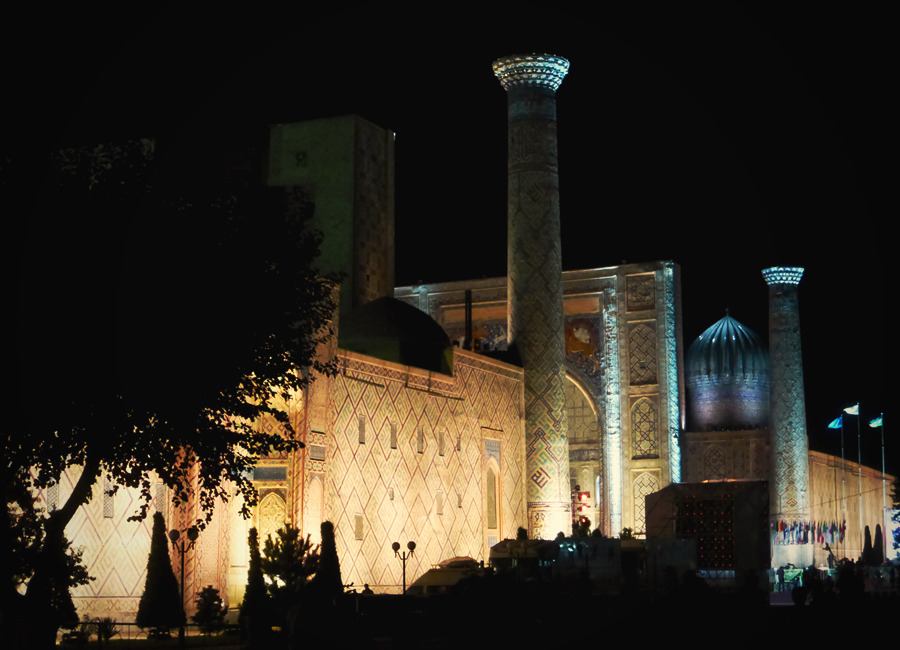
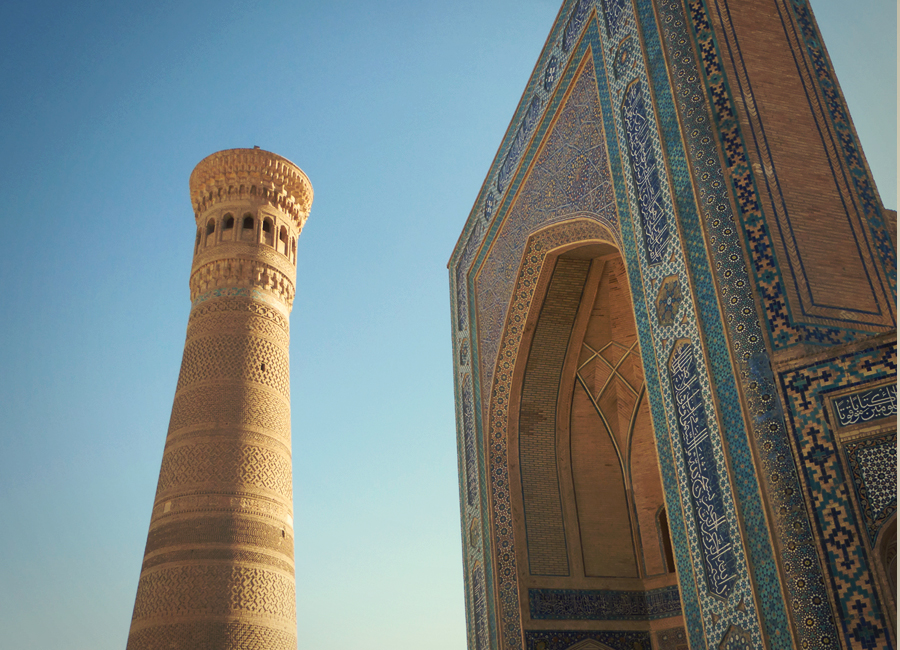
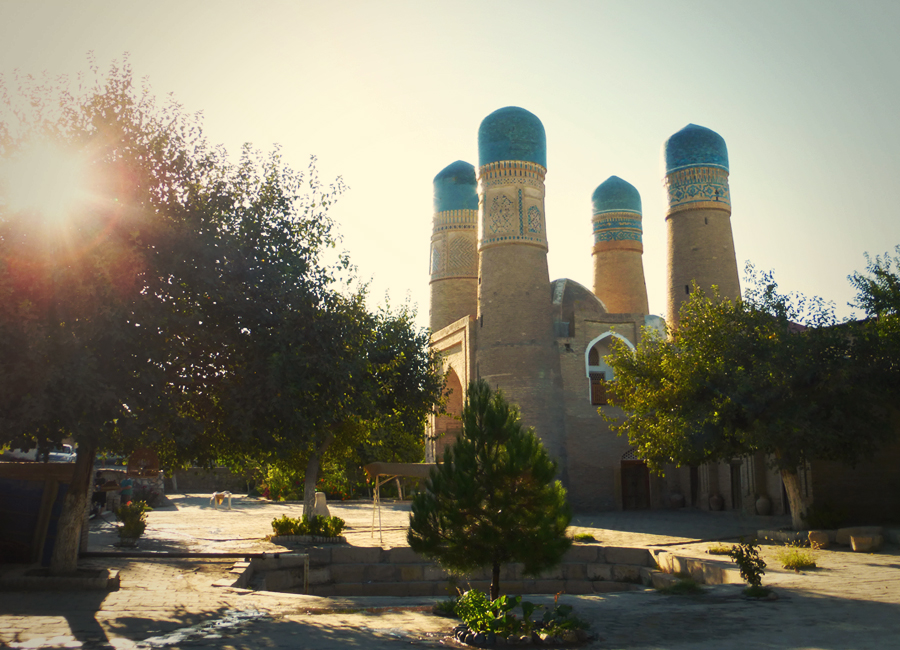
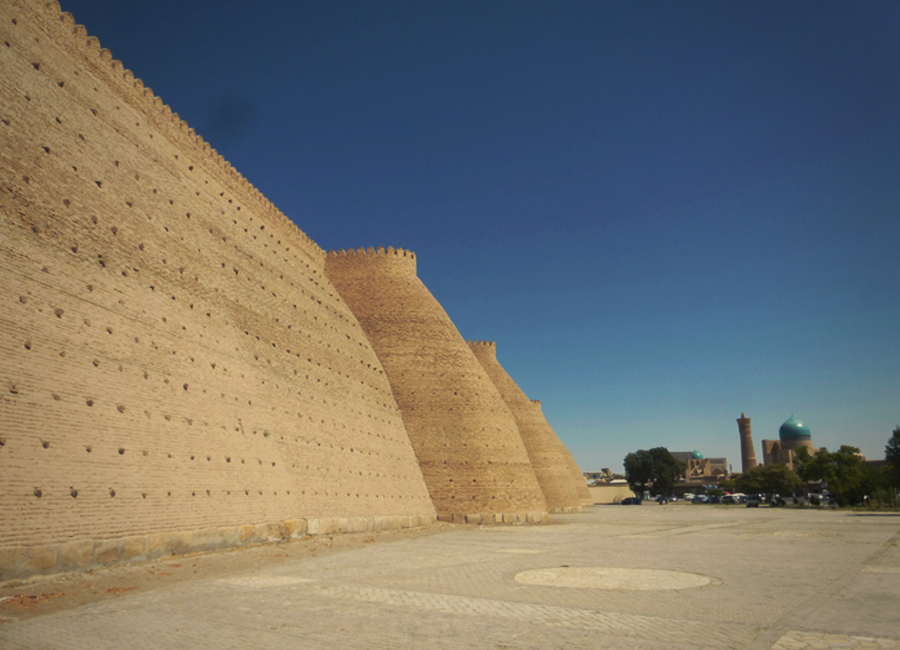
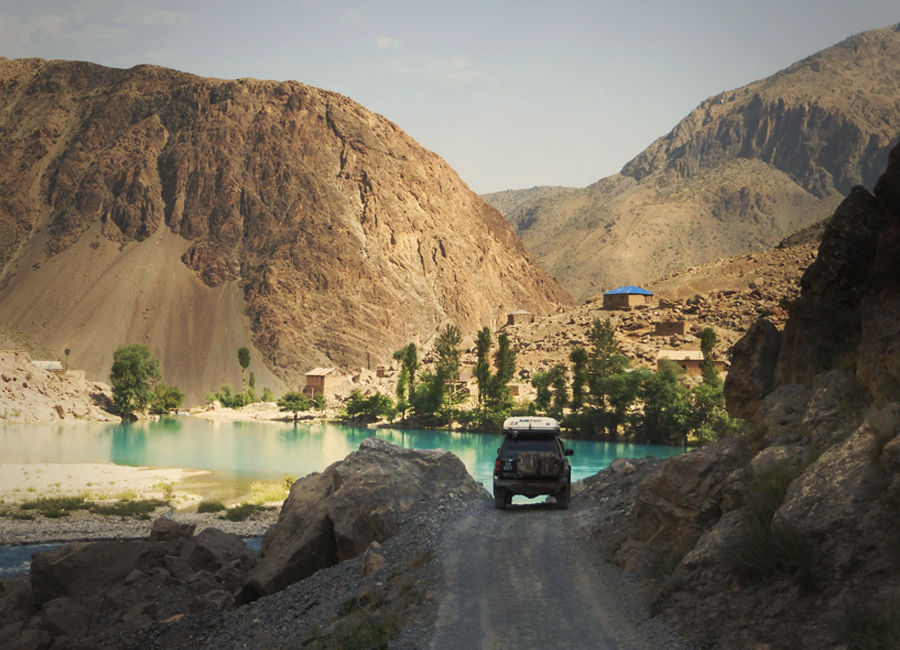
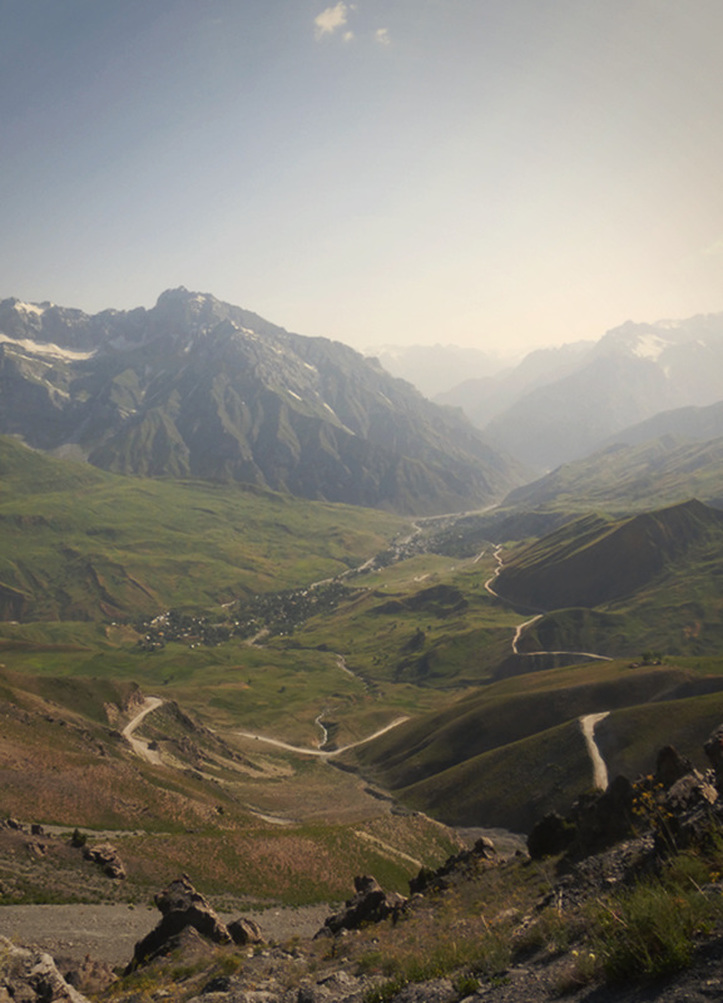
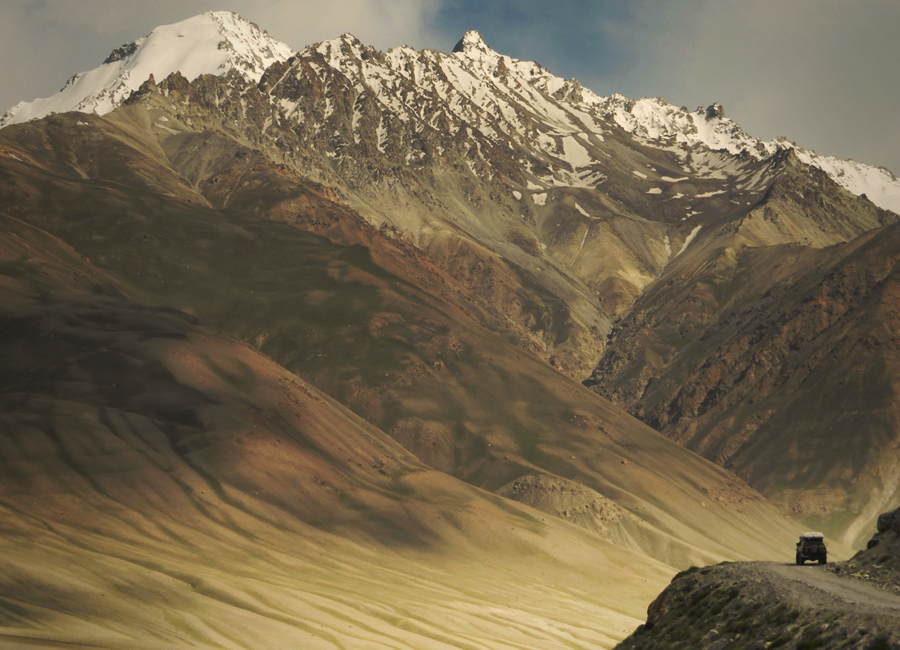
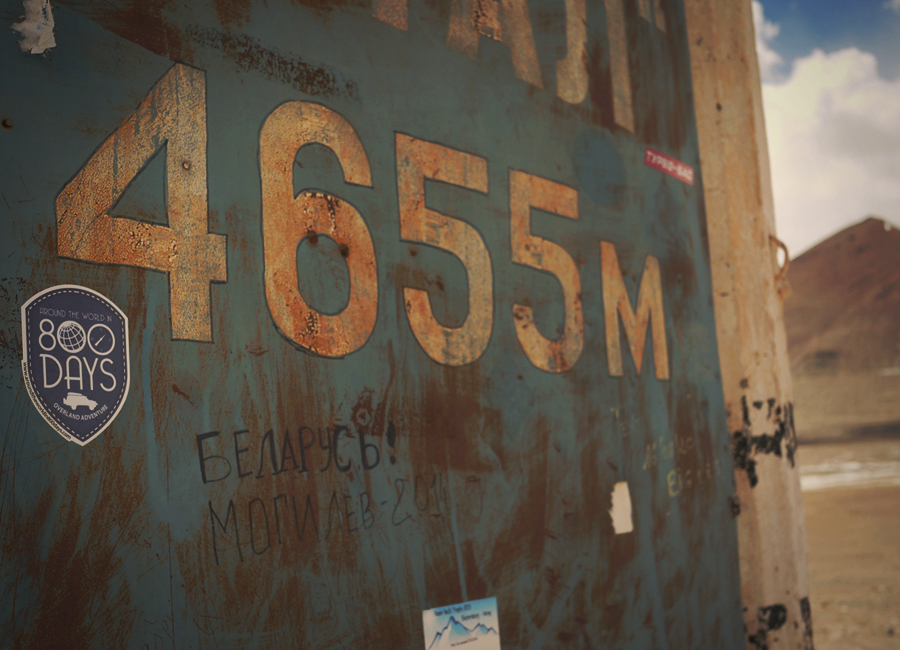
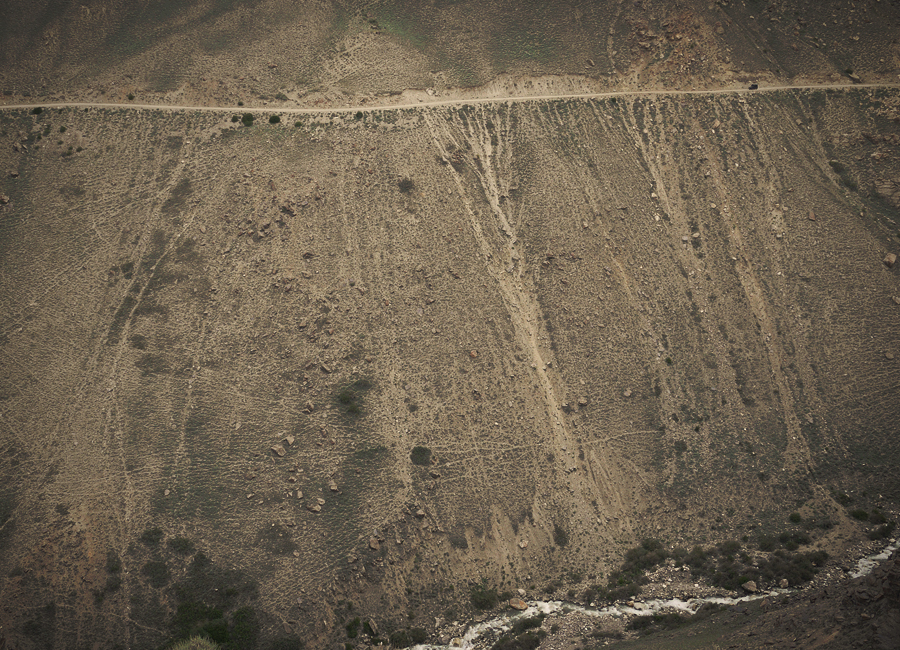
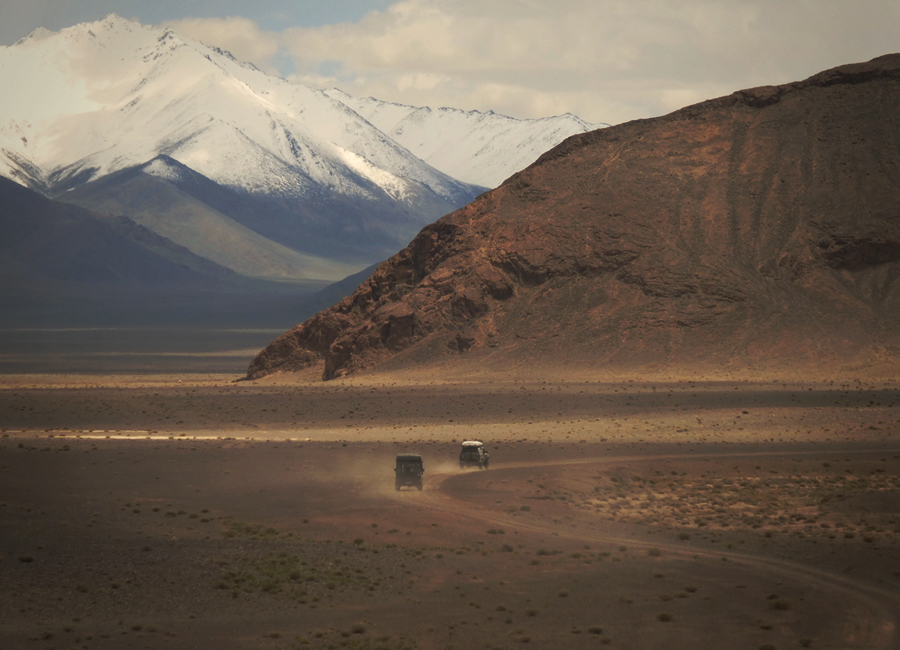
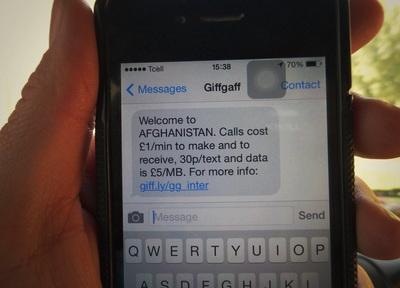
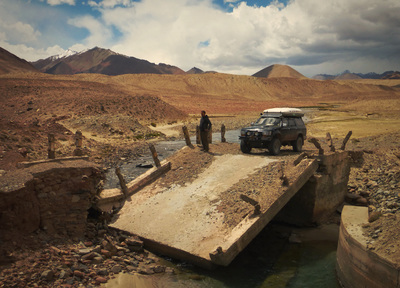
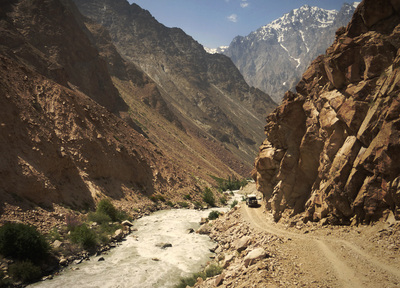
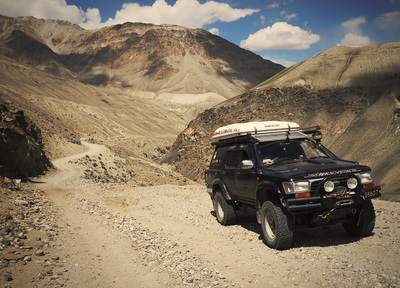
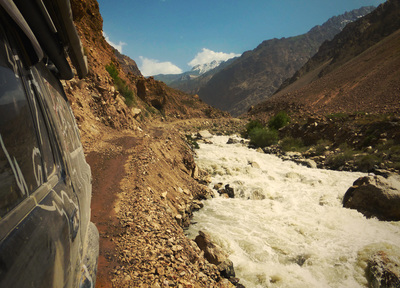
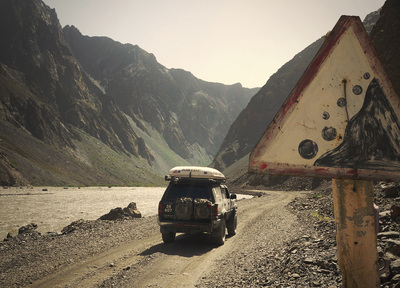
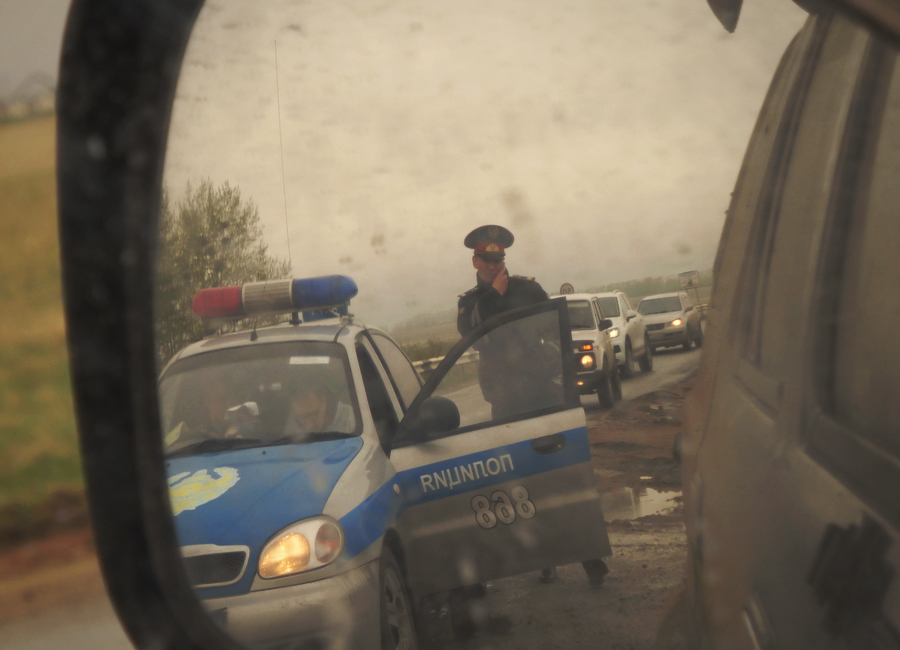
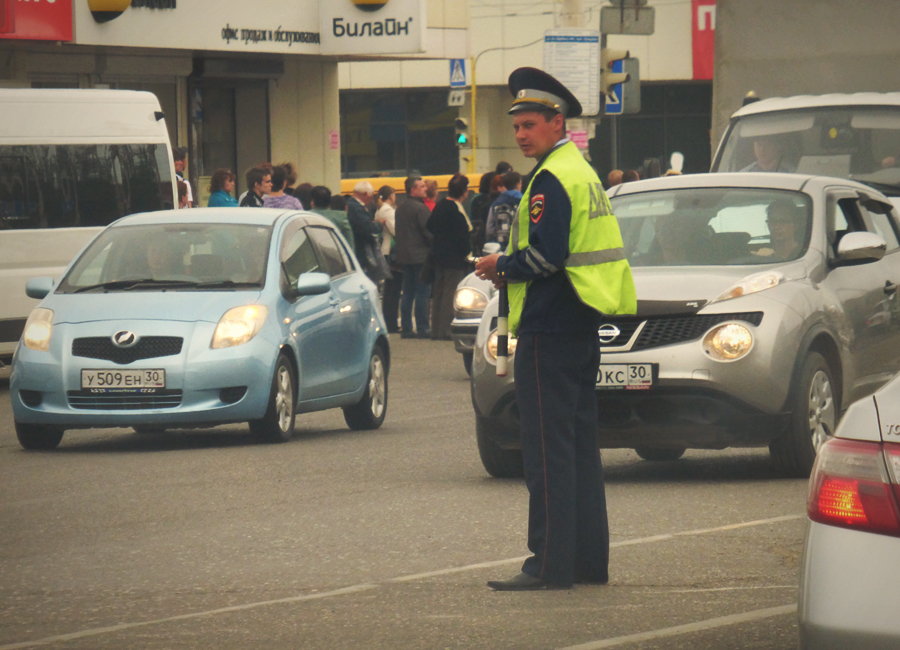
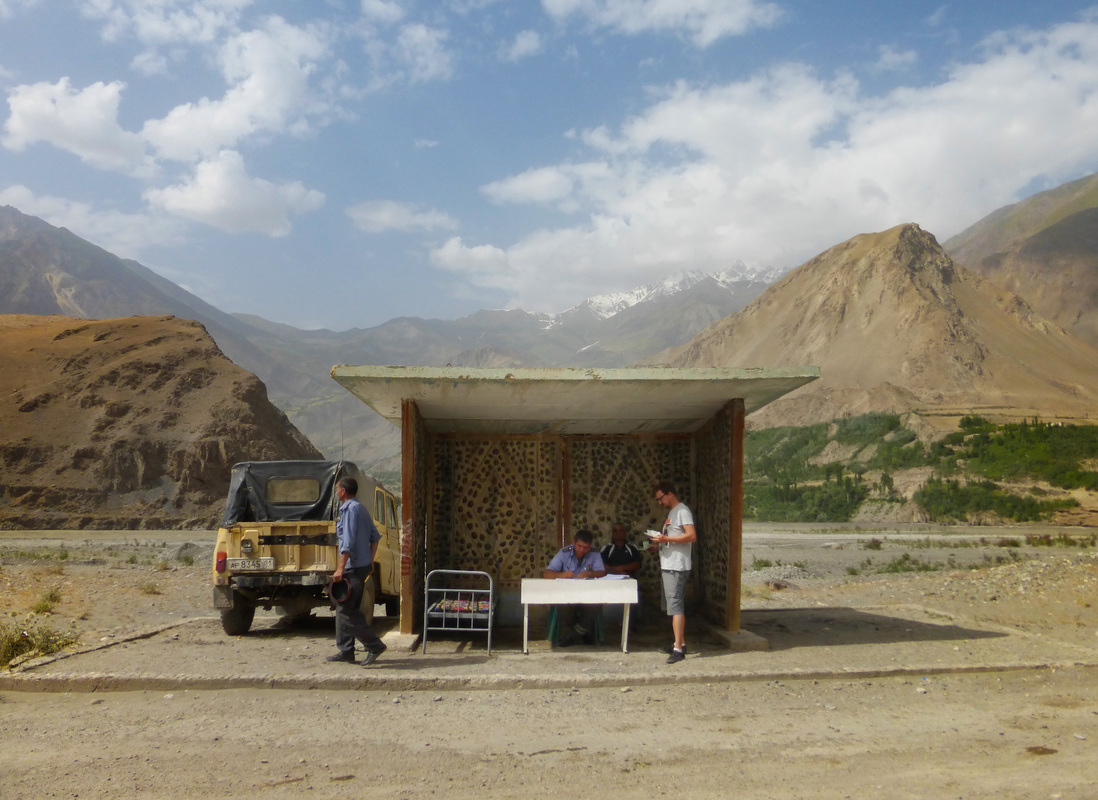
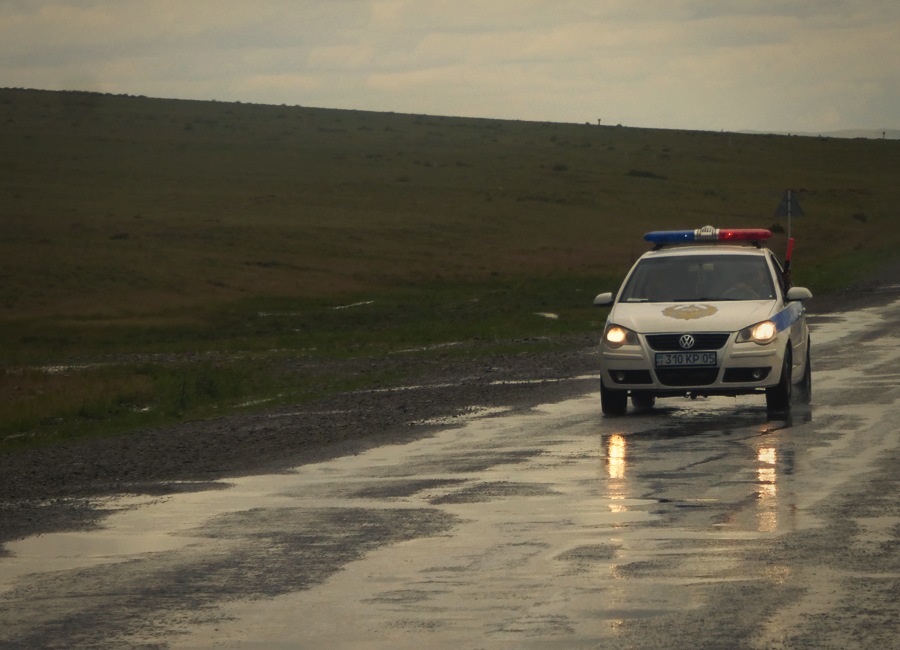
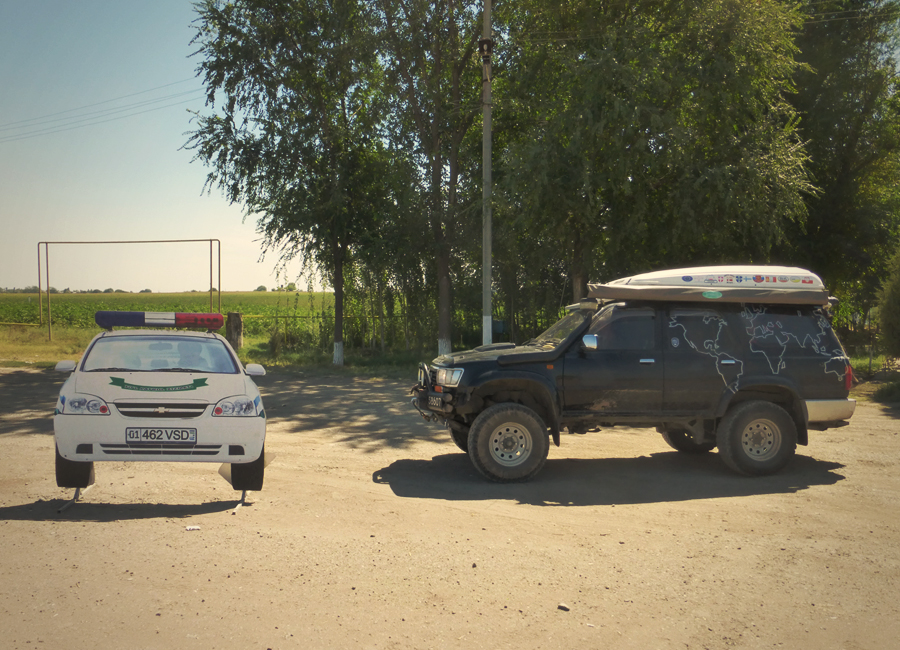
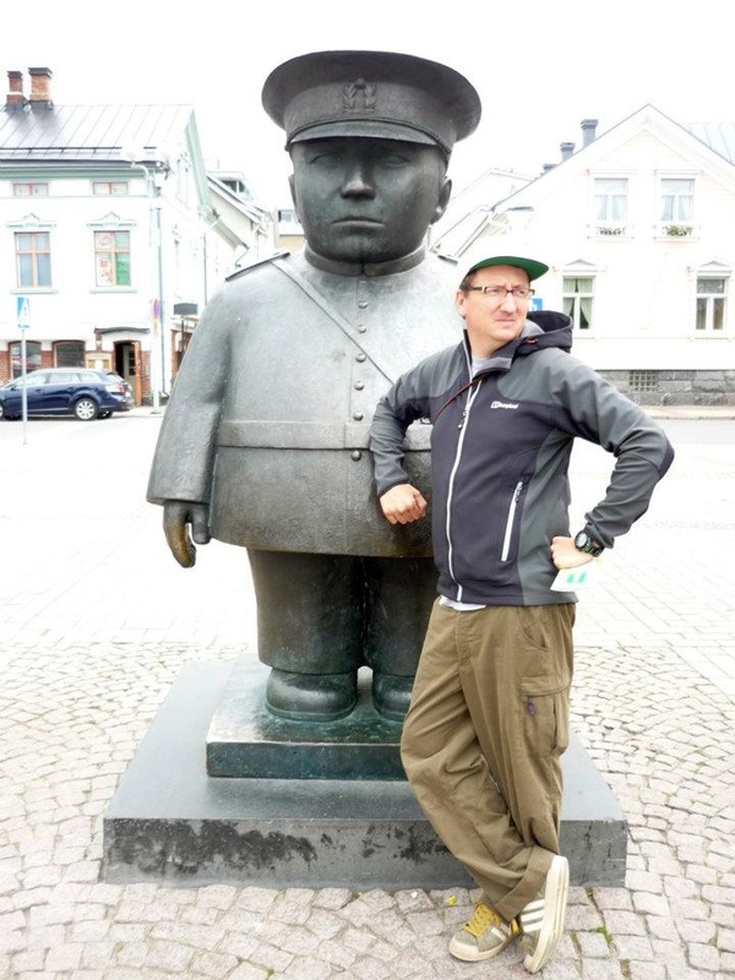
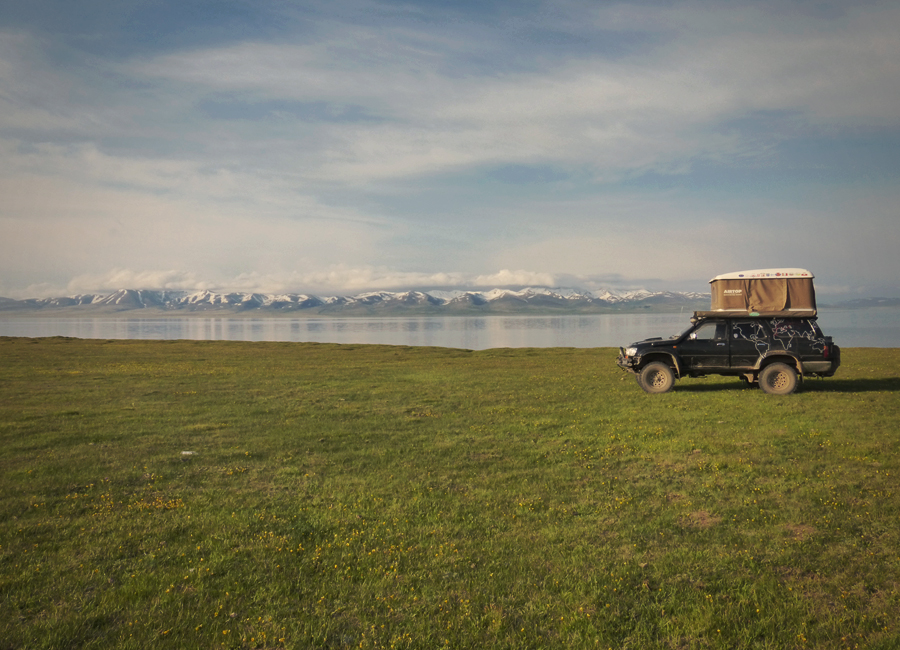
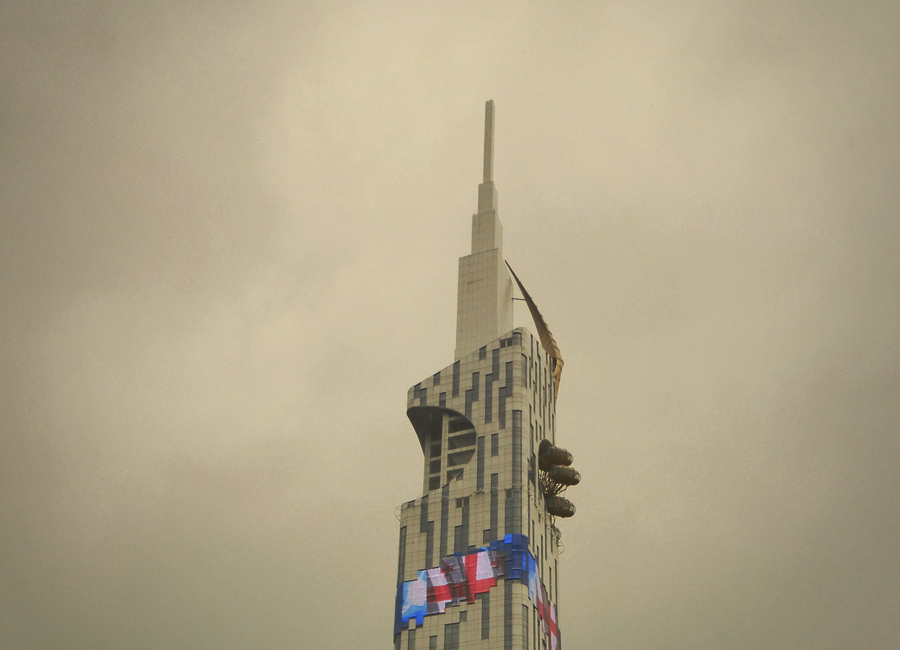
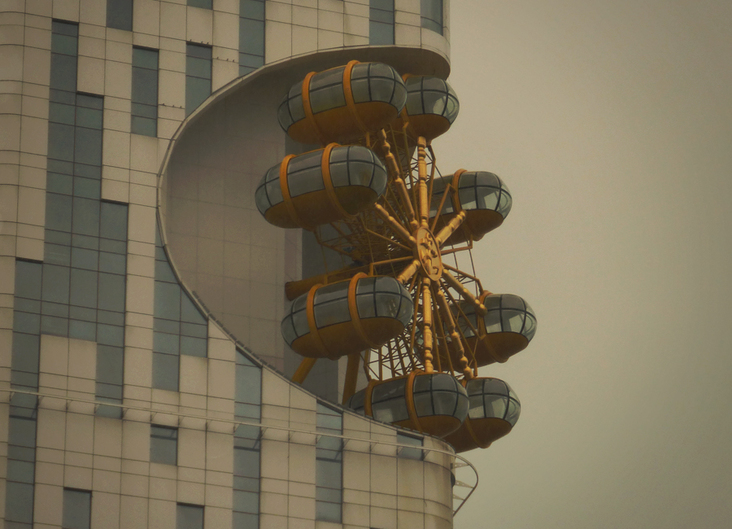
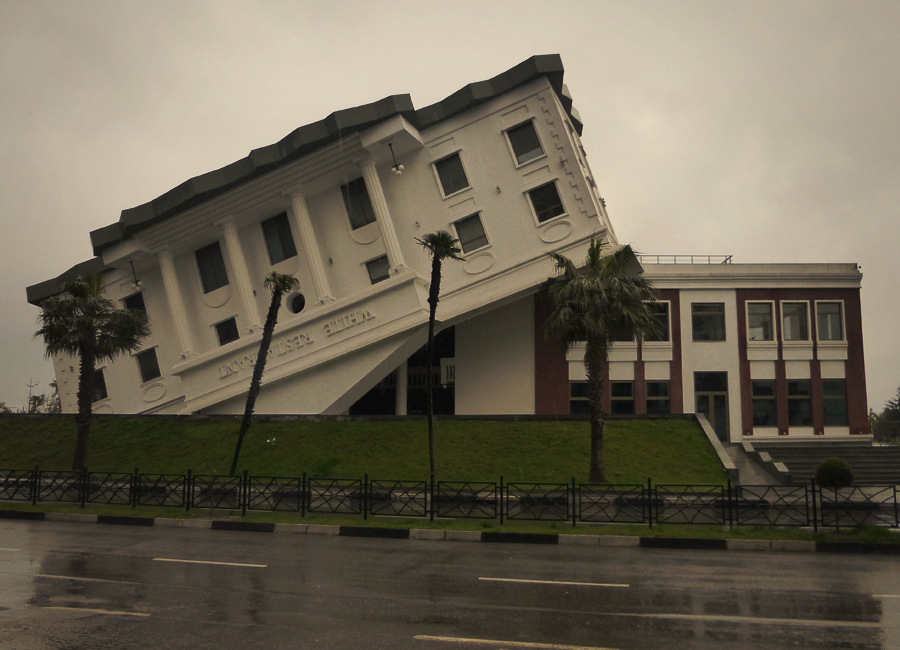
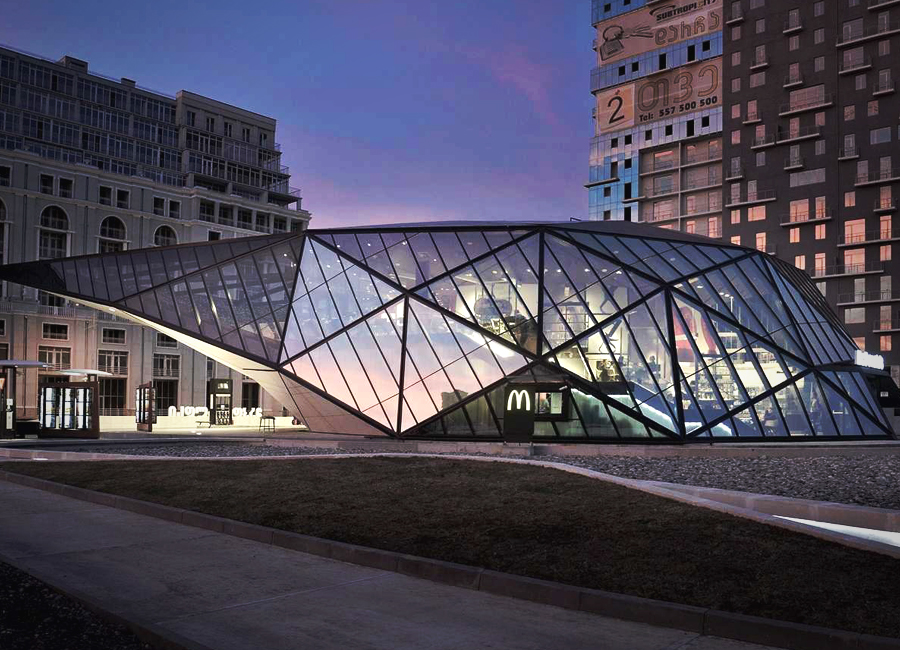
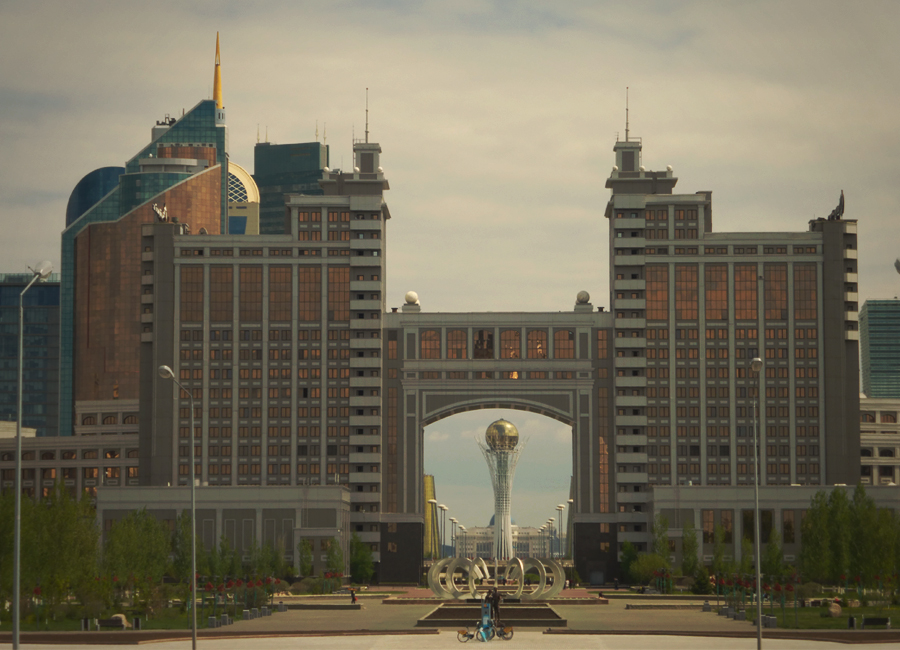
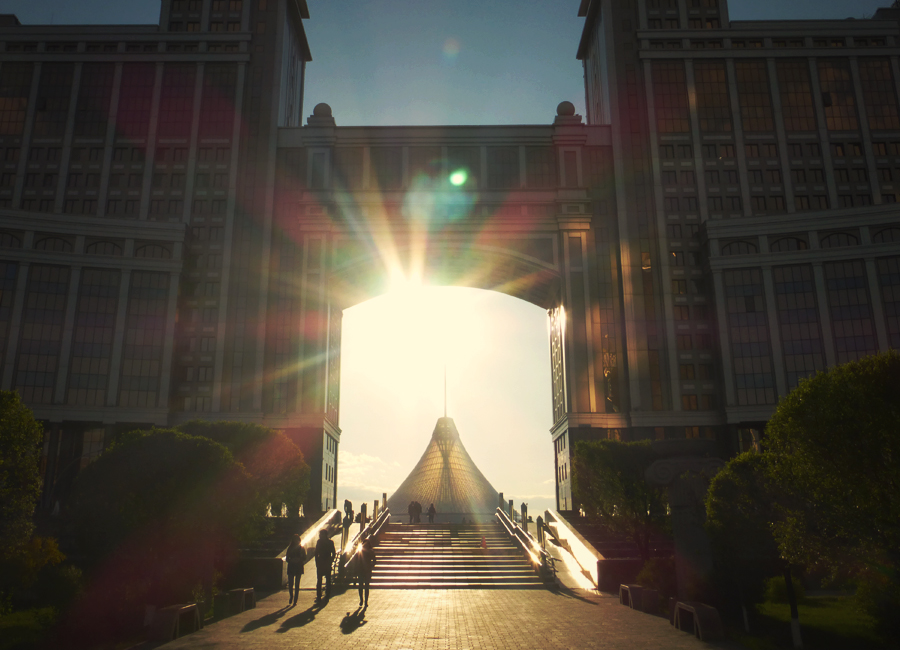
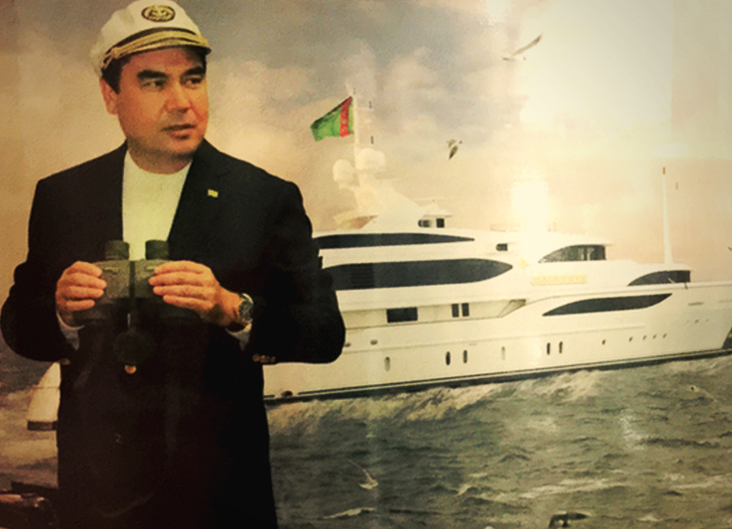
 RSS Feed
RSS Feed